When purchasing a guitar, I first consider the neck and body materials when checking each part of the guitar, especially when choosing a second or subsequent guitar or bass. Both are basically made of wood, but I always look for at least these two of these things when looking at the specs of a guitar.
In the past, there were many guitar advertisements that focused on the features of powerful humbucking pickups and locking tremolo arms and did not emphasize the description of the wood.
Nowadays, guitars made of other than natural woods are on the rise, but I would say that wood still makes up the majority of the body and neck materials of electric guitars on the market.
So, how much does the body affect the sound of an electric guitar?
People around me, such as guitar repairmen and VINTAGE GUITAR specialty stores, all say that “70% of a guitar's sound is determined by the neck”.
Some people stated that the main reason for this is that the neck occupies by far the largest proportion of the distance between the head, where the strings are fixed and the bridge of the body.
One music store was also selling Stratocaster 1960s necks with new bodies for less than a third of the price of an original vintage.
This was so well received that they are now sold out and do not have a single one in stock. This is one of the proofs of the importance of the neck and the popularity of the neck.
Well.
I too recognize the importance of the neck of an electric guitar. For example, when you adjust the slight bend of the neck, you will notice that the sound changes to a more lively tone. The neck is not only a function of the position and technique of playing the guitar, but it also supports the tension of the guitar. The condition of the neck is one of the most important aspects of the guitar.
I also think that the body material is very important as well.
I want to make it clear that I am not trying to say that the wood is superior or inferior to other materials. Just as there are sweet-tooths and spicy fanatics in food, different guitarists have different tastes in wood. I believe that wood has no small amount of individuality.
I will not comment on the rarity of the wood.
I would also like to add that rare wood does not necessarily mean better sound. It can be said that the sound you like = the best wood.
Now, let me tell you about my own real experience over several decades in which the sound has changed due to a change in the body material.
I had been playing guitar for a year or so when I first noticed it. My skills were still in their infancy, but my ear tastes were already there with my first guitar.
When I was in the third grade of junior high school, I picked up my first electric guitar. It was a Japanese Stratocopy model. It was not an entry-level model, but the PU selector switch failed after a while. The body material was alder, as I had come to find out later.
I remember that the original PU selector switch that was broken and removed was worth the price when I saw it.
At that time, I heard a rumor from a music store in Ochanomizu that the original FENDER Stratocaster large head would no longer be produced. (The next year, the small head Stratocaster was introduced.)
I knew I had to get one, so I consulted my favorite music store and asked them to order a Strat that was as light as possible. It was unmistakably a FENDER STRATOCASTER INTERNATIONAL COLOR Arctic White. The body material was ash, of course.
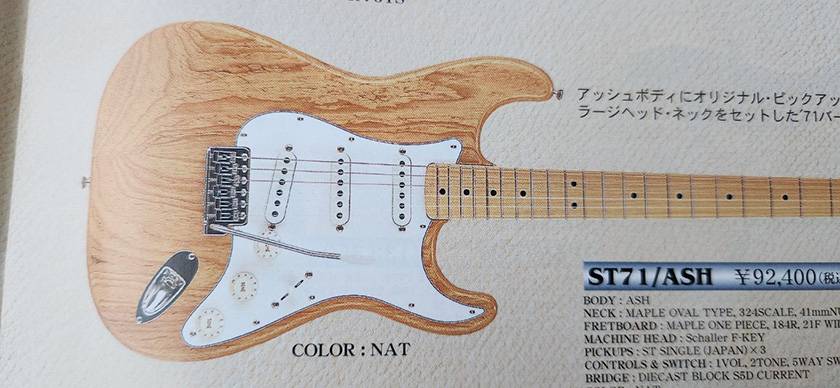
FTypical grain of Fender Stratocaster's 70's ash body. The grain was especially noticeable on the natural body.
This “Arctic White” was found to be the same color as “Olympic White”.
I would like to add a little more information about the specifications of the International Color Stratocaster, which is not well-known.
What is the difference from the standard color Olympic White Stratocaster?
The color of the 11 screws that fasten to the pickguard is different. They are black, not silver. I believe the tremolo back cover screws are also black.
Other than that, it’s the same as the standard color, Olympic White. Of course, the distributor's warranty card said “Arctic White”.
I digress. Let's get back to the point.
I got a STRATOCASTER and no longer needed a copy model. At that time, HEAVY METAL was sweeping the music scene, and a friend of mine had an Aria Pro Explorer model. It was more expensive than his own copy model and had two DiMaggio SOUVER distortion pickups. I traded it a while later, thinking it would give me a more powerful tone than the Strat. The look was sunburst, but it seemed to me how powerful it could sound.
I immediately went home, plugged it into my effects pedal and amp, and played it a little louder.
The sound didn't distort as it should...” This was my first impression.
Even after switching from the BOSS SD-1 overdrive to the company's DS-1 distortion, there was no edge to the sound. No matter how I changed the tone control on the amp or manipulated the effects pedals, I could not get the sound I wanted.
Also, I sold the Explorer without ever playing it on stage.
I found out later that the body material was mahogany. I like a contoured sound. Mahogany is the opposite, it has a warm tone with the midrange being the heart of the tone.
The next guitar I acquired and realized was my second mistake was a Fender Eric Clapton model. The color was pewter (lead color), which was a novelty at the time, with Gold Lace Sensor pickups and a mid-boost. It was a cutting-edge model that put Fender's prestige on the line.
It looked good, had a variety of functions, and I liked the fat boosted sound, so I played it for live performances. I thought, “uhh…what?”
Unlike the International Color Strat, it did not produce an edgy sound. By the way, at the time, I was using a BOSS Turbo Overdrive for distortion and a stack of Messa Boogie with an equalizer.
The wood material for the Eric Clapton model was alder. I ended up selling it to a music store within a few years.
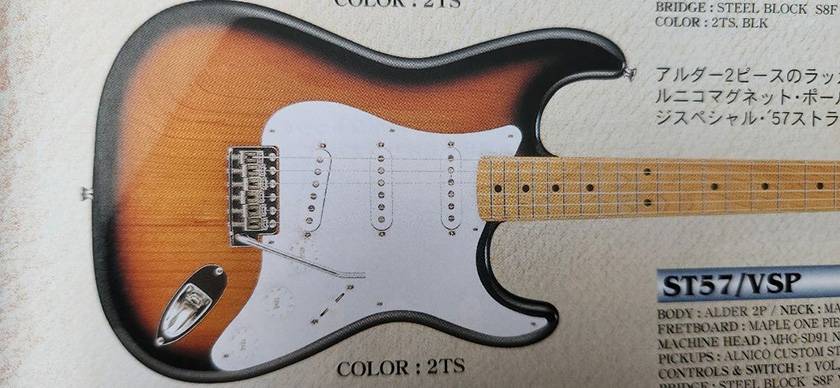
Alder wood has been used in Fender Stratocasters since 1956, and its grain is instantly visible. It is the most popular material for Stratocaster.
Around this time, I also got a used Greco Les Paul model at a reasonable price. (I'm not interested in Les Paul models, but I've only had one twice in my guitar career.) It matched well with the BOSS distortion. It sounded great with Roland's Jazz Chorus. The wood of this guitar is unmistakably a maple top with a mahogany back.
I gave this Greco Les Paul away and still regret it. I can never forget the sound of the turbo overdrive combined with the wah pedal. It was a natural maple tiger grain body with lacquer coating.
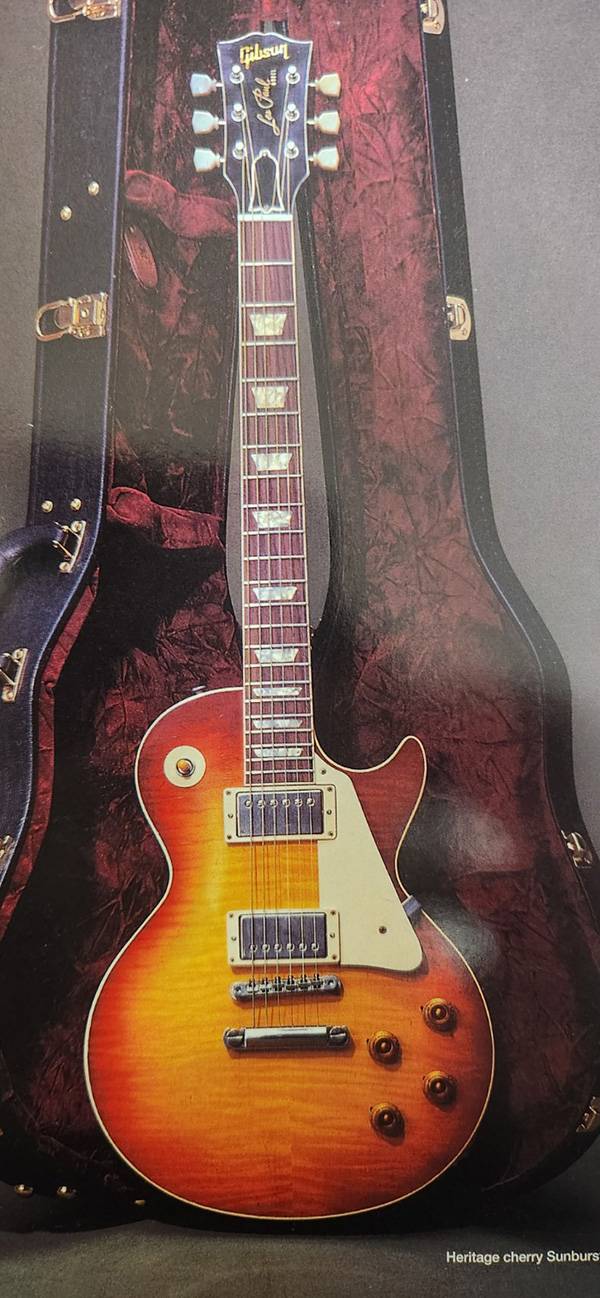
Gibson Les Paul model. The hard maple top gives it a great look, and the mahogany back is the best of both worlds. It is the king of electric guitars.
I think you've probably noticed my taste. I like a sound that has a good contour, a little bit of a V-shaped sound, and it has a beautiful high end.
On the other hand, I don't like guitars with a soft, warm sound and a boosted midrange.
The third time I noticed this was about 18 years ago. A friend of mine lent me his Gibson Firebird for a few months, saying, “You take good care of your guitars, so can you take care of this Firebird for me?” He lent me the Gibson Firebird for a few months. It was a very expensive model and it came in a hard case with a lock. I thought to myself, “Lucky!” and headed home.
Well, when I connected it to the amplifier and played the sound, I had the same impression as the Aria Pro Explorer model.
Needless to say, the Firebird's body is mainly mahogany.
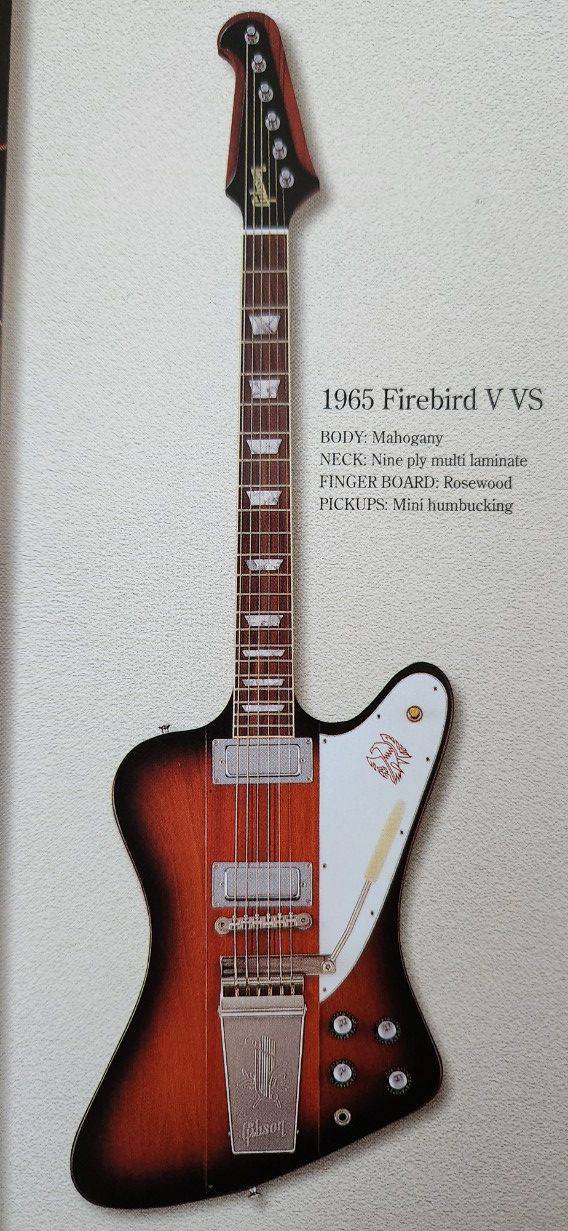
Gibson Firebird. The warm and wild sound of this guitar, which emits from its unique looks, will play out the player's soul depending on the compatibility with the amp.
I think the readers are convinced enough.
In writing this article, I thought about talking about each wood for the body, but I thought it would be more convincing if I described my actual experience with materials for the guitar body.
The importance of the tone from the material is mentioned by Yuri Siskov, builder of FENDER CUSTOM SHOP, in an interview in Ritto Music's mook FENDER CUSTOM SHOP. I recommend reading it if you can find it, as it contains many valuable interviews with other master builders.
Some say that the difference in body material is due to the weight of the wood and not so much the material itself. This answer may also be correct based on everyone’s experience.
I can't say with 100% certainty that this is true because the material doesn't speak for itself, but based on my experience that I wrote above, I feel that there is a difference in sound quality depending on the material.
When purchasing a guitar, I would like you to pick up several guitars of the same type and connect them to an amp to check them out. Once you know the differences in sound depending on the weight and type of wood, you will be able to be more specific in your guitar selection and broaden the scope of your sound-making.
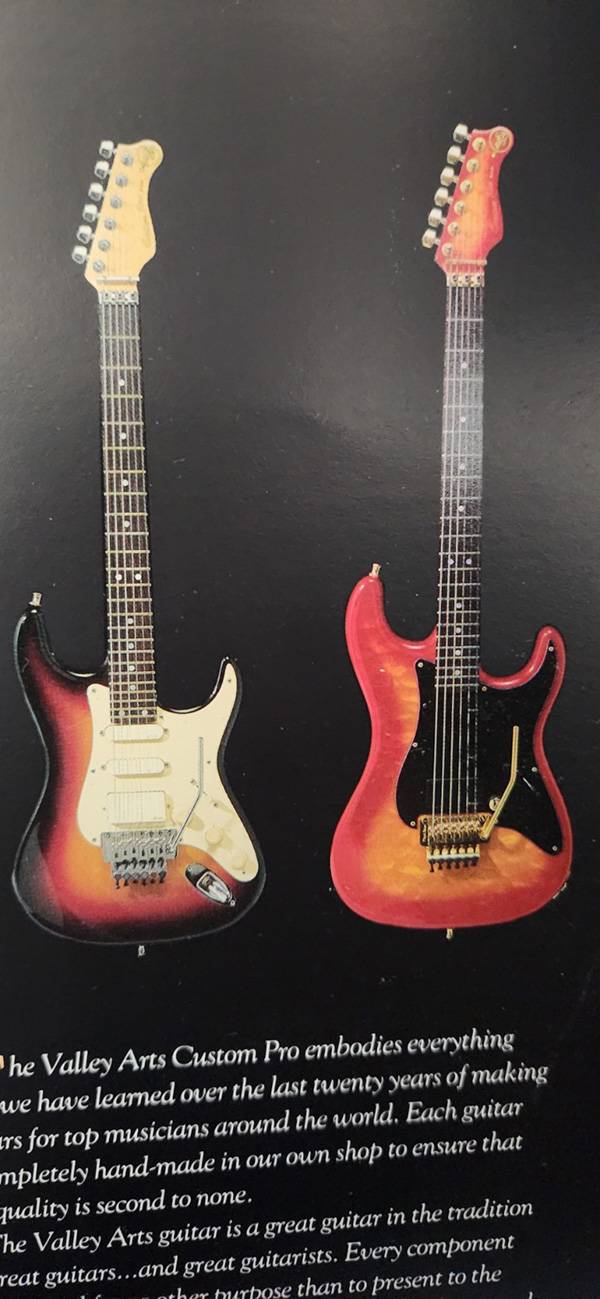
From the rare Valley Arts U.S. catalog. The sound and luxurious materials that even made studio musicians with a very keen ear roar.
The “sound & person” column is made possible by your contributions.
For more information about submissions, click here.






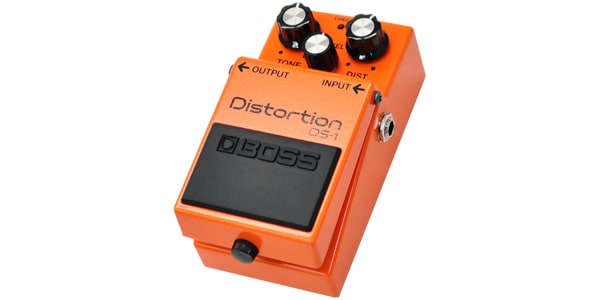
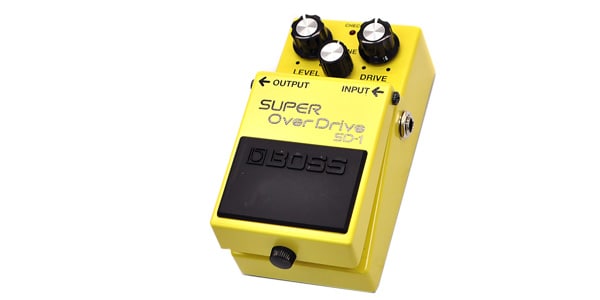






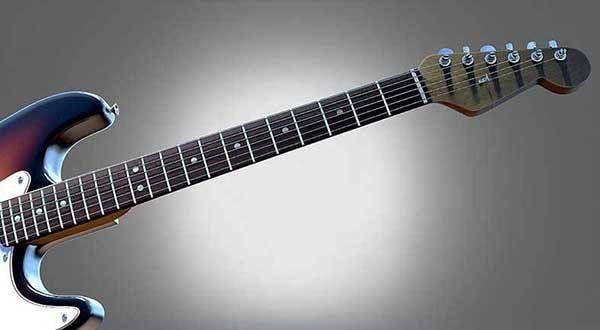

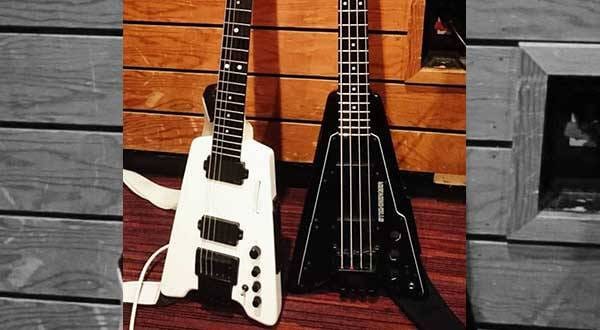
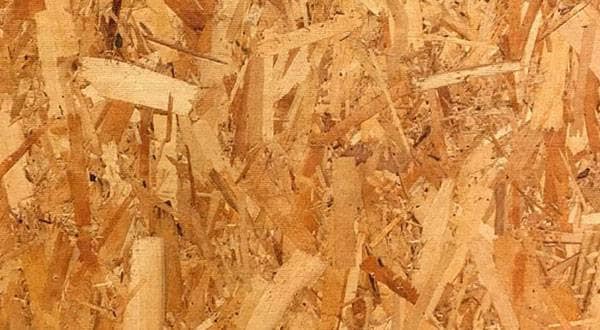
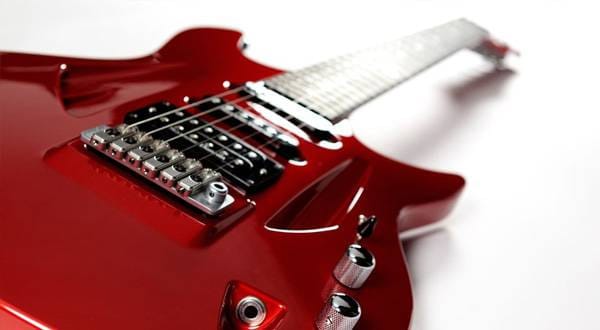
 FENDERフェンダーギターのおすすめと選び方
FENDERフェンダーギターのおすすめと選び方
 ギター初心者ゼミ
ギター初心者ゼミ
 ギター 初心者講座
ギター 初心者講座
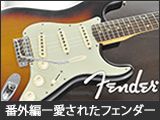 愛されたフェンダーギターたち
愛されたフェンダーギターたち
 ギターの種類
ギターの種類
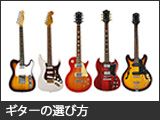 ギターの選び方
ギターの選び方















